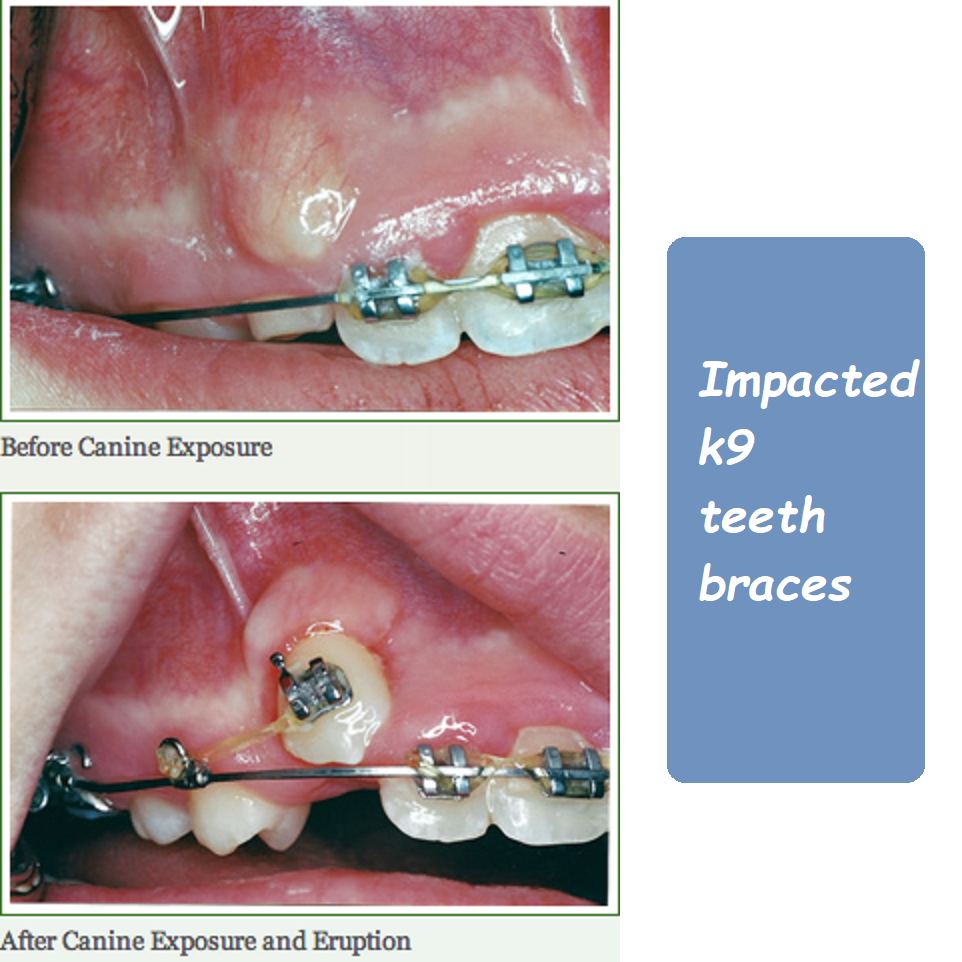Can you move wisdom teeth with braces

Can You Move Wisdom Teeth with Braces? Exploring the Possibilities
When considering orthodontic treatment like braces, many people wonder how their wisdom teeth might affect the process. Wisdom teeth, or third molars, are often a source of concern because they can cause various dental issues as they emerge. One common question is whether you can move wisdom teeth with braces. Can these teeth be adjusted along with the rest of your teeth, or do they need to be removed before starting orthodontic treatment? In this comprehensive guide, we’ll explore the relationship between wisdom teeth and braces, whether wisdom teeth can be moved with braces and the best practices for managing your wisdom teeth during orthodontic treatment.
Understanding Wisdom Teeth
Before diving into whether wisdom teeth can be moved with braces, it’s essential to understand what wisdom teeth are and the potential issues they can cause.
What Are Wisdom Teeth?
Wisdom teeth are the last set of molars to emerge in your mouth, typically between the ages of 17 and 25. Most people have four wisdom teeth—two on the top and two on the bottom. These teeth are the final ones to develop, and because there’s often limited space in the mouth by the time they arrive, they can lead to various dental problems.
Common Issues with Wisdom Teeth
Wisdom teeth can cause several issues as they try to emerge, especially if there isn’t enough room in the mouth. Common problems include:
- Impaction: When a wisdom tooth doesn’t fully emerge or is blocked by other teeth or bone, it becomes impacted. Impacted wisdom teeth can cause pain, swelling, and infection.
- Partial Eruption: Sometimes, wisdom teeth only partially emerge through the gum, creating an opening that can trap food and bacteria, leading to decay and infection.
- Crowding: If there isn’t enough space in the mouth, wisdom teeth can push against neighboring teeth, causing crowding and misalignment.
- Infection and Decay: The location of wisdom teeth at the back of the mouth makes them harder to clean, increasing the risk of cavities, gum disease, and infections.
Can You Move Wisdom Teeth with Braces?
Now that we’ve covered the basics of wisdom teeth, let’s address the key question: Can you move wisdom teeth with braces? The short answer is that while it is technically possible to move wisdom teeth with braces, it’s generally not recommended or necessary. Here’s why:
1. Lack of Space
One of the primary reasons braces are used is to create proper alignment and spacing for your teeth. Wisdom teeth often don’t have enough room to emerge fully, which can lead to impaction or crowding. Because of this lack of space, moving wisdom teeth with braces can be challenging and may not achieve the desired results.
2. Limited Orthodontic Value
Wisdom teeth are located at the very back of the mouth and don’t play a significant role in the alignment of your other teeth. Orthodontic treatment focuses on moving the teeth that are visible and functional in your bite, such as the front teeth and molars that are used for chewing. Moving wisdom teeth with braces typically doesn’t contribute to achieving the overall goals of orthodontic treatment.
3. Potential for Complications
Moving wisdom teeth with braces can increase the risk of complications, such as pain, discomfort, and difficulty in maintaining oral hygiene. Wisdom teeth are more prone to impaction and infection, and attempting to move them with braces could exacerbate these issues. Additionally, the force required to move wisdom teeth can affect the surrounding teeth and bones, leading to further complications.
4. Orthodontic Treatment Planning
Orthodontic treatment is carefully planned to achieve optimal alignment and function for your teeth. In most cases, orthodontists plan treatment with the assumption that wisdom teeth will either be removed or will not play a significant role in the overall outcome. This planning ensures that the treatment is effective and that the final results are stable.
What Happens to Wisdom Teeth During Orthodontic Treatment?
If wisdom teeth generally aren’t moved with braces, what happens to them during orthodontic treatment? The approach to managing wisdom teeth during braces treatment depends on several factors, including whether the teeth have emerged, their position, and the potential for complications.
1. Monitoring Wisdom Teeth
If your wisdom teeth haven’t emerged yet, your orthodontist will likely monitor their development during your treatment. Regular X-rays and dental exams can help track the progress of your wisdom teeth and determine if they are likely to cause problems later on. If the wisdom teeth appear to be coming in normally and don’t pose a risk to your orthodontic results, they may be left in place and monitored over time.
2. Wisdom Teeth Extraction Before Braces
In many cases, orthodontists recommend removing wisdom teeth before starting braces treatment, especially if the teeth are impacted, partially erupted, or likely to cause crowding. Removing the wisdom teeth early can prevent complications during orthodontic treatment and ensure that the braces can effectively move the other teeth into their proper positions.
3. Wisdom Teeth Extraction During or After Braces
If your wisdom teeth begin to cause problems during your braces treatment, your orthodontist may recommend extraction during or after your treatment. Wisdom teeth extraction is a common procedure, and it can be performed without disrupting the progress of your braces. In some cases, wisdom teeth are removed after braces treatment is complete to prevent them from affecting the final results.
4. Retainers and Wisdom Teeth
After your braces are removed, you’ll likely be fitted with a retainer to help maintain the new alignment of your teeth. Your orthodontist will consider the presence of wisdom teeth when designing your retainer. If your wisdom teeth are still present and are expected to emerge, your orthodontist may recommend monitoring their development and possibly removing them to prevent them from shifting your teeth after your braces have been removed.
Managing Wisdom Teeth During Orthodontic Treatment
If you’re undergoing orthodontic treatment and are concerned about your wisdom teeth, there are several steps you can take to manage them effectively and ensure the best possible outcome:
1. Regular Dental Check-Ups
Regular dental check-ups are essential for monitoring the development of your wisdom teeth and identifying any potential issues early on. Your orthodontist and general dentist will work together to assess the condition of your wisdom teeth and determine the best course of action.
2. Good Oral Hygiene
Maintaining good oral hygiene is crucial, especially if you have braces and wisdom teeth. Brush and floss regularly, paying special attention to the back of your mouth where wisdom teeth are located. Use an antimicrobial mouthwash to reduce bacteria and keep your gums healthy.
3. Follow Your Orthodontist’s Recommendations
If your orthodontist recommends removing your wisdom teeth before or during your braces treatment, it’s important to follow their advice. Removing wisdom teeth can prevent complications and ensure that your orthodontic treatment proceeds smoothly.
4. Monitor for Symptoms
Pay attention to any symptoms that might indicate a problem with your wisdom teeth, such as pain, swelling, or difficulty opening your mouth. If you experience any of these symptoms, contact your orthodontist or dentist for an evaluation.
5. Discuss Your Concerns
If you have concerns about your wisdom teeth during orthodontic treatment, don’t hesitate to discuss them with your orthodontist. They can provide guidance on the best way to manage your wisdom teeth and address any questions you may have.
Final Thoughts: Can You Move Wisdom Teeth with Braces?
While it is technically possible to move wisdom teeth with braces, it’s generally not recommended or necessary. Wisdom teeth are often more problematic than they are beneficial when it comes to orthodontic treatment, and their movement doesn’t typically contribute to the goals of aligning and straightening the other teeth. Instead, wisdom teeth are usually monitored, and if necessary, removed to prevent complications during or after braces treatment.
If you’re considering braces and are concerned about your wisdom teeth, the best course of action is to consult with your orthodontist. They can evaluate your specific situation, provide recommendations on how to manage your wisdom teeth, and create a treatment plan that ensures the best possible outcome for your smile.
By staying informed, following your orthodontist’s advice, and maintaining good oral hygiene, you can achieve a beautifully aligned smile without the complications that wisdom teeth might bring. So, if you’re wondering whether you can move wisdom teeth with braces, remember that while it’s possible, it’s usually better to focus on the teeth that matter most to your overall dental health and alignment.









